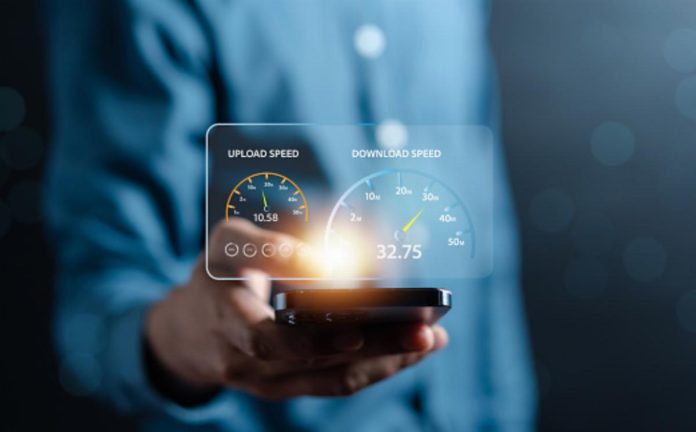The internet has become an essential part of our daily lives, from streaming shows to checking emails. However, dealing with slow internet speeds can be a major headache. Whether you’re in the middle of a binge-watching session or trying to meet a deadline, it’s important to know how to check your internet speed and find the best speed for your needs.
There are several free tests available online to check your internet speed. Two highly recommended options are the Ookla speed test and Fast.com. Ookla, one of the first speed tests on the web, is known for its performance and can be used on various devices, including Windows, Mac, and Apple TV. You can download the app or visit their website to use the test.
Fast.com, owned by Netflix, is another good choice for streaming sites. It has a simple interface but does not allow you to specify the server for your test. Running a few tests using Wi-Fi is recommended for optimal results, and the tests should take around 60 seconds or less.
In the UK, broadband speed is measured in megabits per second (Mbps). The higher the Mbps, the faster your online activity will be. The best broadband speed for you depends on your internet usage. Light users who primarily use the internet for tasks like online banking and emails may require lower speeds. Medium users, who use the internet for social media, browsing, and catching up on shows, may need slightly higher speeds. Heavy users, who spend a significant amount of time online for activities like file sharing, online gaming, and streaming videos, will require even higher speeds.
Understanding your internet speed and finding the right speed for your needs can greatly improve your online experience. So, don’t let slow internet be a headache any longer – take the time to check your speed and make the necessary adjustments for a smoother browsing experience.
The World Wide Web, also known as the modern internet, was created in 1990 by British scientist Tim Berners-Lee. This global network allows billions of computers and electronic devices to connect with people all over the world. Whether through wires, cables, radio waves, or other networking infrastructures, computers are able to establish connections and access the internet.
For most online activities such as browsing, streaming, and downloading, having a good download speed is crucial. It is generally recommended to have a minimum download speed of 10Mbps, but if there are multiple users in a household, it is advisable to have a speed of at least 20-69Mbps. Ultrafast or superfast broadband can reach speeds of 60-1000Mbps, but it is often limited to areas with a full fiber infrastructure.
If you find yourself stuck with slow internet, there are a few things you can try. One option is to switch off your Wi-Fi modem for 30 seconds and then turn it back on. This can help refresh the connection and potentially improve the speed. If you notice that certain rooms have weaker Wi-Fi signals, you may consider using a Wi-Fi booster to enhance the signal and reduce disruptions.

